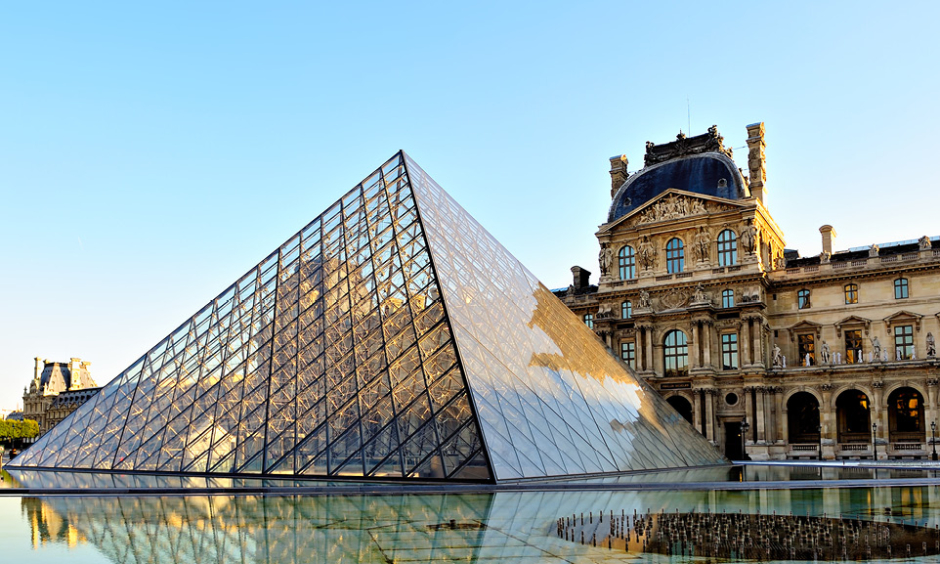Abstract
Cardiovascular disease is a major cause of morbidity and mortality, especially in developed countries. Currently, when suitable autologous tissue is lacking, mostly non-degradable synthetic material or fixated xenogeneic grafts (e.g. heart valves) are used to restore, repair, or replace the injured cardiovascular tissues. However, these materials are associated with several disadvantages, such as the significant risk of thromboembolism and calcification. Bioresorbable scaffolds for tissue-engineered solutions are proposed to overcome the limitations of the current replacement materials as they provide temporary scaffolding for the in vitro, in situ, or in vivo formation of autologous tissue. Thereby, it is pursued that the engineered tissue mimics the composition and structure of the original tissue and has the capacity of regeneration and growth. The initial scaffold should possess strong material properties as the cardiovascular system requires an enormous strength, flexibility, and durability of the engineered structures, while on the other hand complete resorption of the scaffold material is aimed for. This review discusses the diversity of natural and synthetic bioresorbable materials that are currently investigated for their suitability as a scaffold for cardiovascular tissue engineering.
Please view the full content in the pdf above.








